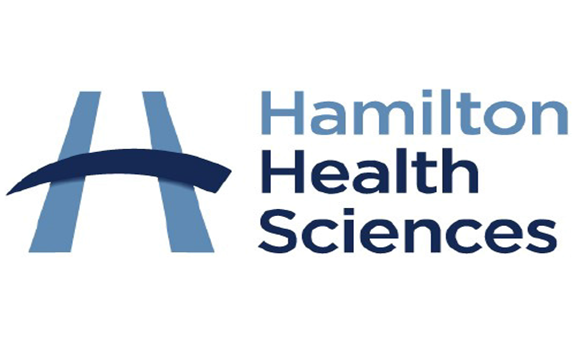Medical advances are connected with technological advances. Also, medical researches and earth surfaces are interlinked with one another. Both have a common goal of securing human existence. We can consent that a geographic information system is a significant tool that has many applications in health sciences. The multidisciplinary task of health can be done efficiently. Besides, the tool serves as decision making hence contributes to policies formation. Here are the applications of GIS.
1. Effective and fast decision making
The health sector is a controversial and complex field. Professionals are required to have an understanding of factors that affect health. Today, health workers’ work has become more effective through the use of software as well as several information technology services. Many challenges are faced in the health sector. In 1854, Dr. Snow invented mapping in health research. However, this is not enough to get a fast decision. The geographic information system helps health workers to reach more conclusions faster than before.
2. Prediction
Besides, giving information to support the decision-making process, the tool is vital for prediction. Many studies done in the health sector rely on GIS. Moreover, prediction and simulation models are best on such systems. Researches which are based on intravenous drug and hepatitis C use are displayed with the help of GIS.
3. Analyze diseases

There are many tools for visualizing or analyzing epidemiological data and GIS is a common one. Geographic information system plays a significant role in analyzing diseases and managing surveillance. It is impossible to understand data using traditional methods of processing as well as imaging. With GIS, public services and any other health issues can be shown on the map. Also, it can be correlated in several data including social information, health concern, and environmental data.
4. Manage health programs and diseases
GIS has created ways of managing and monitoring diseases as well as health programs. It is important to understand, emphasize, and monitor reasons which have led to the development of certain diseases. These factors include socioeconomic, environment, and conduct. GIS is a great tool to deal with the assessment of risks that affect people. The tool identifies and examines pandemic outbreaks effectively.
5. Access mental health services
Mental disorders are a common disease that spread across countries. It is a disease that has caused many disabilities. Geographical representation of mental data is essential to treat and avoid mental disorders. GIS helps to access mental health services and general health.
6. Manage environmental health

It is important to determine the environmental impact on humans. Environmental hazards have become a common cause of diseases in the world for example stroke and heart diseases. GIS can be used to check information about pollutants.
7. Map diseases
Diseases are the common cause of death today. GIS is useful for mapping diseases and helps professionals to come up with effective ways of preventing it.
8. Investigating epidemics
The world is facing epidemics like cholera, typhoid, and bilharzia. These are water-borne diseases that affect a lot of the population. The tool is used to investigate the presence of epidemics.
9. Provide distribution information
GIS gives information on how health services are distributed. Henceforth, growing disparities can be removed.
10. Planning
The tool is vital in planning social care and health. Public issues can now be solved efficiently.



